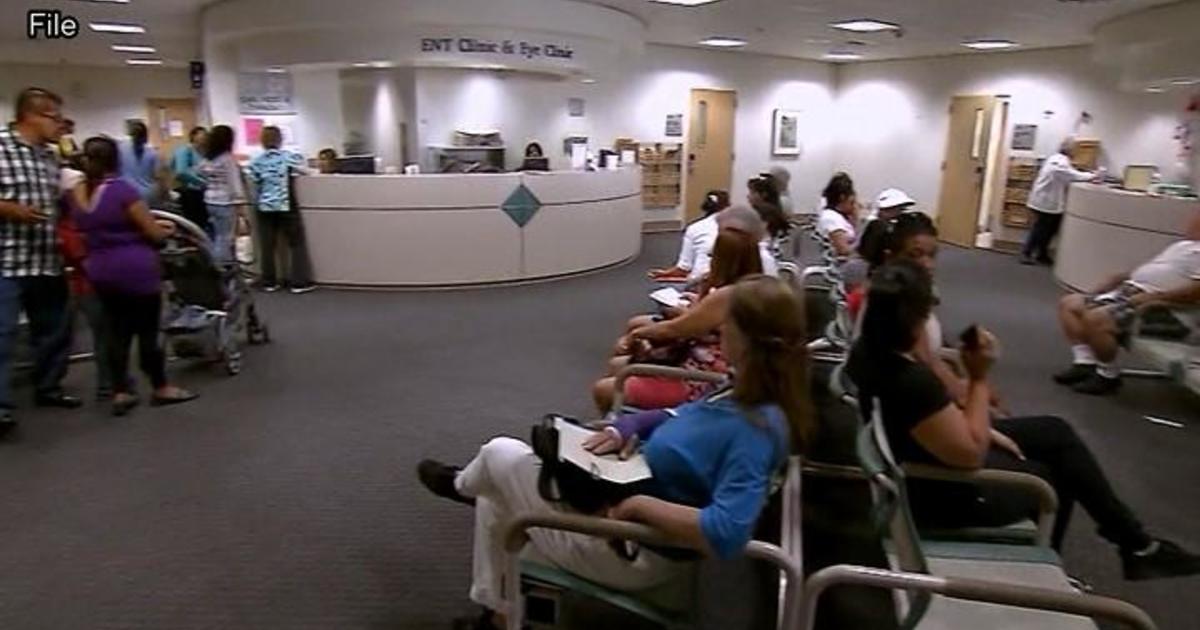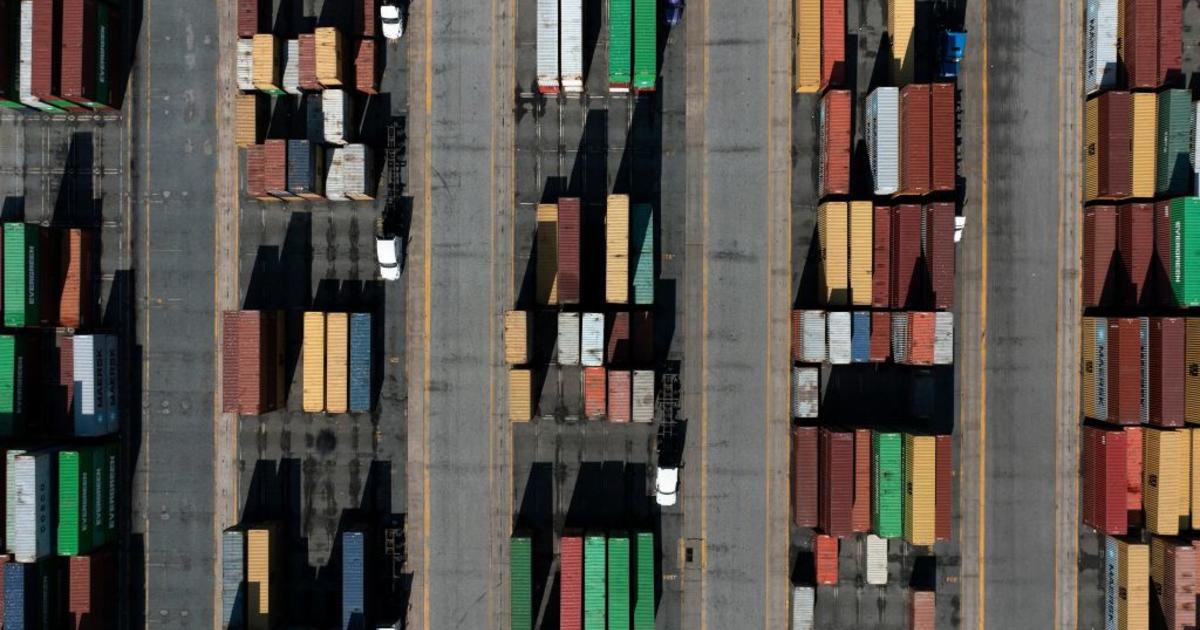Officials Hope For A Healthy Harbor You Can Swim In By 2020
BALTIMORE (WJZ) -- Pollution you can and can't see continues to take a toll on Baltimore's Inner Harbor.
Alex DeMetrick reports, it's creating unhealthy water and some dismal grades.
A long time ago, Baltimore's Inner Harbor looked like this.
Water healthy enough to swim and fish.
On Thursday, the harbor is really only safe enough to ride over, and the reason for the annual healthy harbor report card.
Base on water quality samples.
"Improvement in most of the water bodies we monitor," Adam Lindquist, with Healthy Harbor Initiatives. "Our water quality scores have gone up. The downside is, the scores are still below 60 perfect."
Water quality grades start with a high of 'D minus" for the Inner Harbor basin, and drop to an "F" at Fells Point and an "F" at Canton, for an overall grade of "F."
"We know there's a lot of infrastructure work that have yet to get into the ground," said Halle Van der Gaag, executive director of Bluewater Baltimore. "When we see that work go in, we're going to see the grades go up."
Infrastructure improvements to better control sewage and storm water runoff from Baltimore City and county.
"It comes down the Jones Falls and Gwynn Falls rivers, enters the Harbor and deposits different type of pollutants that contribute to things like algae blooms and fish kills," David Flores, harbor waterkeeper, said.
If there is a bright spot, it's the world's first solar-powered water wheel, which collect trash flowing down the Jones Falls.
"In the pas year it's collected over 200 tons of trash and debris," Lindquist said.
Bluewater Baltimore set a goal of having a harbor healthy enough to swim in by 2020.
"I'm not so sure that's possible, but we're going to wait to see the trends before we declare that's a done deal, out of the way," Van der Gaag said.
Trends that either clean up what's flowing into the harbor or don't.
Work is ongoing to upgrade century-old storm and sewage lines, even as failure continue.
Last year, nearly 25 million gallons in raw sewage overflowed in Baltimore city and county.



